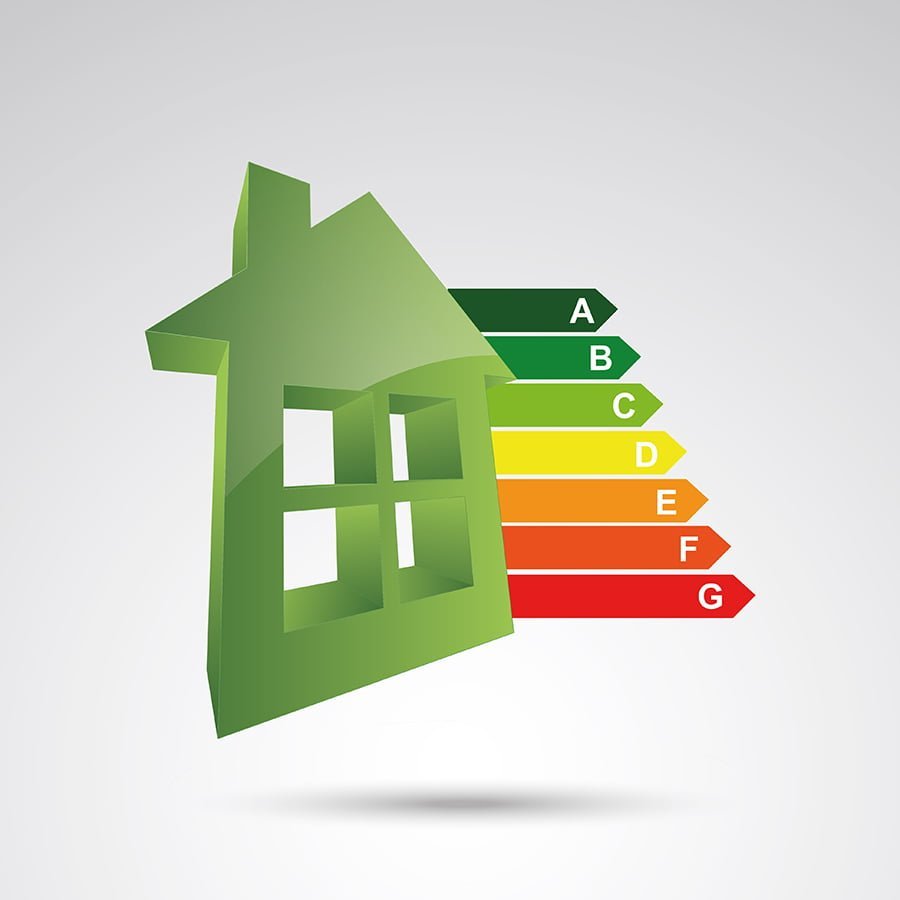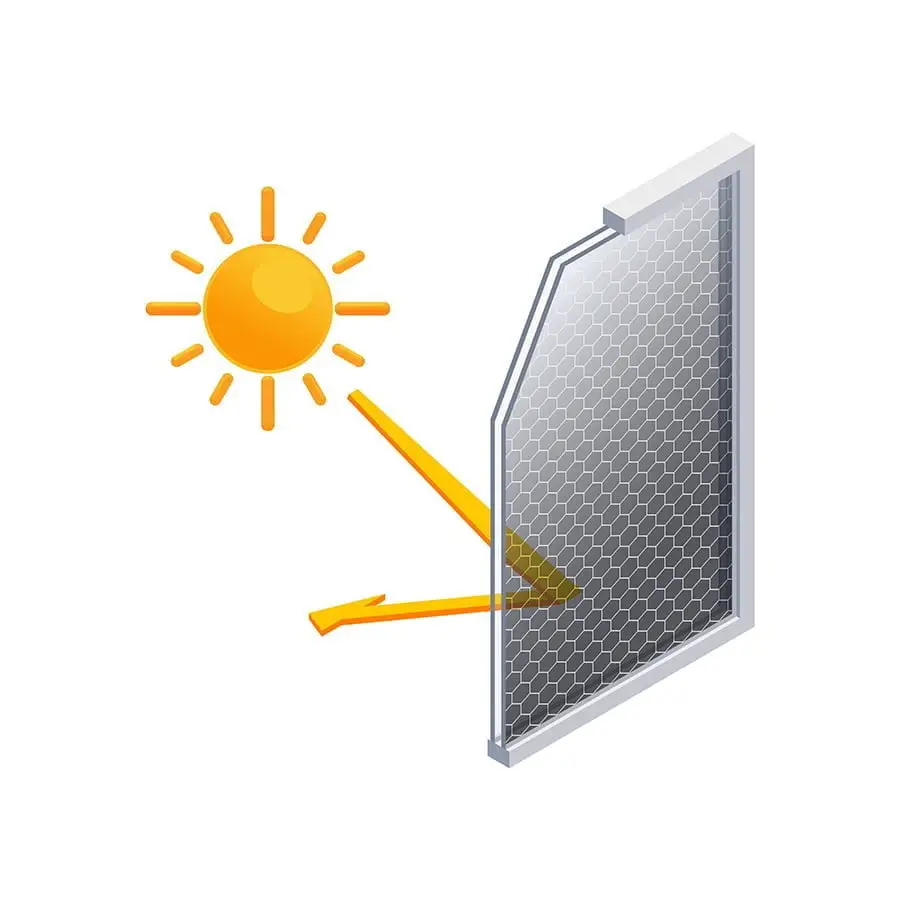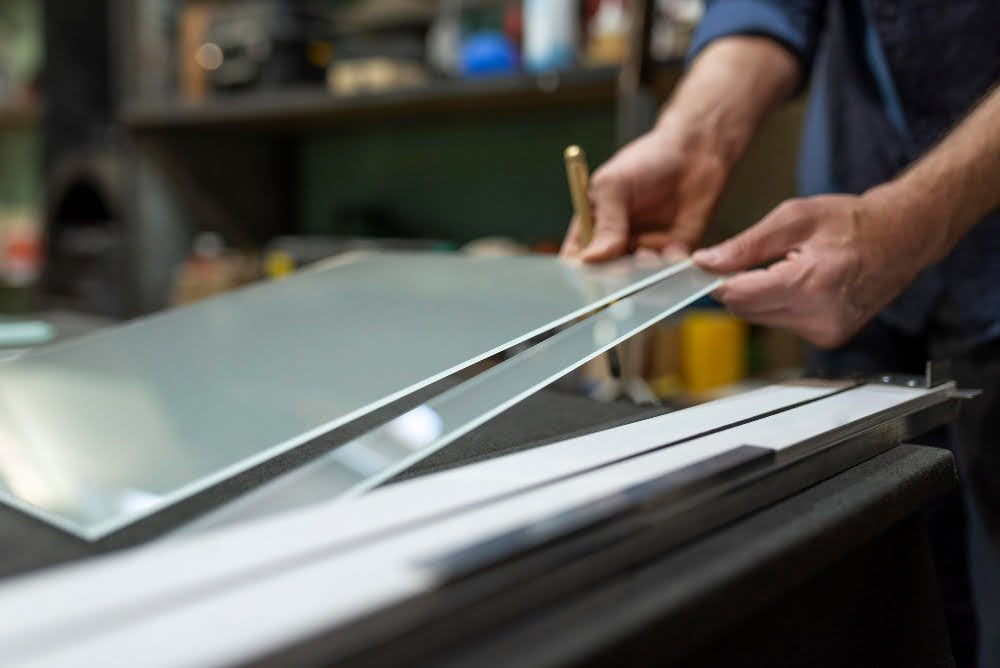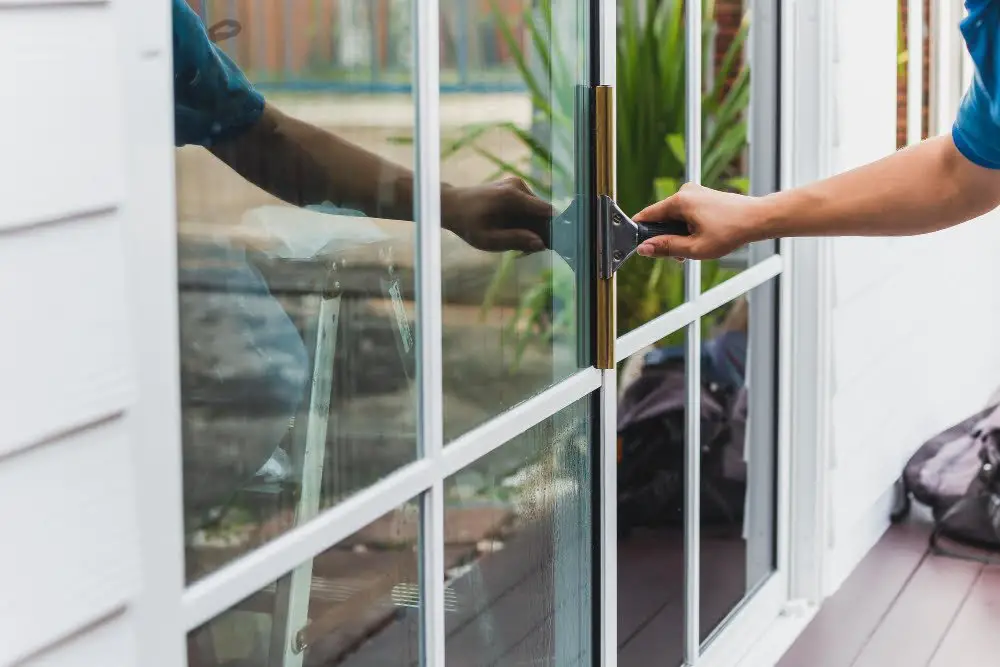Discover how heat-reflective windows can save you money on energy bills. Keep your home cooler in this informative blog post.
As the sun beat down on my house one sweltering summer day, I couldn’t help but notice how much heat was radiating through my windows. As I sat there in front of my air conditioner, feeling guilty about the amount of energy it was consuming, a light bulb went off in my head.
What if there was a way to keep the heat out and save energy at the same time? That’s when I discovered heat-reflective windows – a bright idea that not only keeps your home cool but also saves you money on your energy bills. In this blog post, we’ll dive into everything you need to know about these innovative windows and how they can benefit your home.
So sit back, relax and let’s get started!
Energy Savings Potential

After discovering heat-reflective windows, I was curious about their energy-saving potential. As it turns out, these windows are designed to reflect the sun’s rays away from your home, keeping it cooler and reducing the need for air conditioning.
This means that you can save a significant amount of money on your energy bills by using less electricity to cool your home.
According to the U.S Department of Energy (DOE), heat gain through windows is responsible for up to 25% of residential cooling costs. By installing heat-reflective windows in your home, you could potentially reduce this cost by up to 40%.
That’s a substantial amount of savings that can add up over time.
But how do these innovative windows work? Heat-reflective coatings are applied directly onto the glass surface during manufacturing or as an aftermarket film installation. These coatings contain microscopic layers that reflect infrared light while allowing visible light into your home – so you won’t have to sacrifice natural lighting for comfort.
Some manufacturers offer low-emissivity (low-e) coatings which further enhance insulation properties and help keep indoor temperatures stable year-round – not just during summer months when cooling is needed most.
Investing in heat-reflective window technology offers homeowners an opportunity not only for long-term financial savings but also environmental benefits such as reduced carbon footprint associated with lower energy consumption levels at homes across America!
Heat-Reflective Technology

Heat-reflective technology is a game-changer in the world of windows. It works by reflecting infrared radiation from the sun, which reduces heat transfer through your windows and keeps your home cooler.
This innovative technology can be applied to various types of window glass, including double-pane and low-e coatings.
After discovering this bright idea, I did some research on heat-reflective windows and was amazed at how much energy they could save me. Not only do they keep my home cool during hot summer days but also reduce my reliance on air conditioning units that consume a lot of electricity.
I decided to invest in these energy-efficient windows for my house, and it has been one of the best decisions I’ve made as a homeowner. My energy bills have significantly decreased since installing them, making me feel good about both saving money while reducing carbon footprint.
If you’re looking for ways to make your home more eco-friendly while saving money on utility bills simultaneously – consider investing in heat-reflective windows!
Window Coatings & Films

One of the most popular ways to make windows heat-reflective is by applying a special coating or film. These coatings and films are designed to reflect sunlight away from your home, reducing the amount of heat that enters through your windows.
They work by reflecting infrared radiation while still allowing visible light to pass through.
After doing some research on window coatings and films, I decided it was time for an upgrade in my own home. I contacted a local window company who came out and installed the new film on all my windows within just a few hours.
The results were immediate – not only did my house feel cooler, but I also noticed that my air conditioner wasn’t running as often as before. This meant lower energy bills for me! Plus, with less direct sunlight coming into my home, there was less fading on furniture and carpets.
Investing in heat-reflective window coatings or films is definitely worth considering if you’re looking for ways to save money on energy bills while keeping your home comfortable during hot summer months.
Installation & Maintenance

Now that I had discovered the benefits of heat-reflective windows, it was time to get them installed. The installation process was surprisingly easy and straightforward.
I hired a professional window installer who came in and replaced my old windows with new ones that were coated with a special film designed to reflect heat away from my home.
Once the installation was complete, I noticed an immediate difference in how much cooler my house felt. But as with any investment, maintenance is key to ensuring longevity and continued energy savings.
To maintain your heat-reflective windows, it’s important to clean them regularly using mild soap and water or a vinegar solution. Avoid using harsh chemicals or abrasive materials that could damage the reflective coating on your windows.
It’s also important to inspect your windows periodically for any signs of wear or damage such as cracks or chips in the glass. If you notice anything out of place, contact a professional window repair service immediately before further damage occurs.
By taking these simple steps towards proper maintenance of your heat-reflective windows, you can ensure they continue providing energy savings for years to come while keeping your home cool during those hot summer months!
Cost-Benefit Analysis

After my discovery of heat-reflective windows, I was curious about the cost-benefit analysis. Would it be worth investing in these types of windows? The answer is a resounding yes! While the initial cost may be higher than traditional windows, the long-term savings on energy bills make them a smart investment for any homeowner.
Heat-reflective windows work by reflecting sunlight and heat away from your home. This means that during hot summer months, less heat will enter your home and you won’t have to rely as heavily on air conditioning to keep cool.
In turn, this reduces energy consumption and saves you money on monthly bills.
These types of windows can also help regulate indoor temperatures during colder months by trapping warmth inside your home instead of letting it escape through inefficient window panes.
When considering the benefits over time versus upfront costs – such as lower energy bills and increased comfort – investing in heat-reflective windows is definitely a bright idea for homeowners looking to save money while reducing their carbon footprint.
Environmental Impact

As I researched more about heat-reflective windows, I discovered that they not only save energy but also have a positive impact on the environment. By reducing the amount of energy needed to cool your home, you’re also reducing your carbon footprint and helping to combat climate change.
It’s amazing how one small change in our homes can make such a big difference.
I couldn’t wait to install these windows in my own home and see the results for myself. After all, who doesn’t want to save money while doing their part for the planet? With rising temperatures due to global warming becoming an increasing concern worldwide; it is essential that we take steps towards sustainable living practices like using heat-reflective windows.
But before making any decisions about installing new windows in your house or apartment building; it’s important first understand what exactly are heat-reflective window panes and how do they work? Let’s dive into this topic next!
Related Stories
- High-performance Windows for Energy Savings: Discover the Advantages
- Reducing Heating and Cooling Costs with Energy-efficient Windows: A Smart Investment
- Window Shading Devices and Energy Efficiency: Control Your Home’s Comfort
- Benefits of Energy-efficient Windows: Why They’re Worth the Investment
- Low-E Glass Windows for Energy Reduction: A Clear Advantage
Recap
